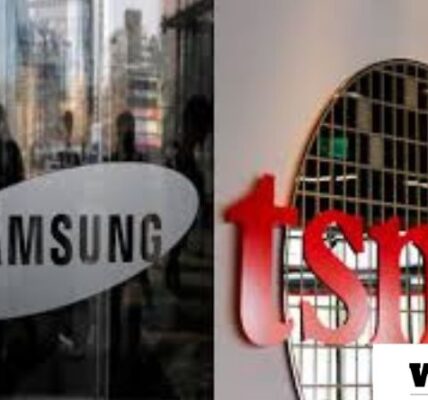E-commerce has brought a positive change in the way business is carried out, especially in the sale of goods and services. It presents immense opportunities and outreach that physical stores whether big or small can simply not provide. Nonetheless, like any other business, they are also faced with several challenges when operating an e-commerce business. Below are five massive hurdles you ought to be aware of before leaping into the e-commerce realm.
1. High Competition
One of the most notable drawbacks of e-commerce is the intense competition. With the ease of setting up an online store, the market is saturated with countless businesses vying for the same customers. This high level of competition makes it difficult for new businesses to stand out and gain traction. Established companies with significant resources can outspend smaller ones on advertising, customer service, and product development, making it even harder for newcomers to compete.
2. Technical Issues
Any e-commerce firm utilizes technology in its economic operations and, thus, is subject to various technical imperfections. Scheduled maintenance, slow downloading speed, and problems in the payment gateway will all hurt sales and customer satisfaction. Also, referring to the case of having an updated website, one must consider constant technical support and monetary input. Because many small enterprises lack an IT department, such technical difficulties may be complicated and expensive for them.
3. Security Concerns
A particularly critical issue that is apparent in the e-commerce concept is security. Consumers require assurance that their identity and monetary details will not be accessed by other people when shopping online. Nevertheless, e-commerce websites are on the list of favorites for hackers who aim to steal customers’ personal information. Security measures like obtaining an SSL certificate the use of encryption and a security audit for the site are essential for the security of their customer’s information and the reputation of the business. However, the main problem that corroborates these threats is the vulnerability of data to breaches.
4. Logistics and Supply Chain Management
Another major problem that e-commerce businesses face is related to logistics and supply chain management. While in regular ‘bricks and mortar’ retail stores, such customers can come and shop for what they want from the physical store, e-commerce businesses need to provide the products, process orders, and ship goods. Timely delivery and inventory control present some complications regarding costs, something that poses a big challenge to many small businesses. Customers are very sensitive to delayed or erroneous supplies and this hinders the business, as the reputation of the business is at risk.
5. Customer Trust and Retention
It was established that strengthening and further developing clients’ trust is vital for the e-commerce business. However, the main challenge that can be observed here is gaining the confidence of the potential customers who cannot physically feel or touch the products being sold to them. Every dot-com has to exert serious effort in creating brand awareness through advertising and personal selling, giving attention to customers, and providing adequate and credible information about the products sold on the website. Also, it is costly since to maintain customers, one has to communicate with them constantly and ensure they are aware of special offers, thus the need for loyalty programs.
Conclusion
As already mentioned, e-commerce has a lot of advantages as well as possibilities but one also needs to know the threats connected with the operation of an online store. Several primary risks and limitations have a bearing on e-commerce, namely; There is stiff rivalry, bearing in mind that the technological interface often faces technical problems, security concerns, logistics and supply chain management challenges, and customer trust and retention. Thus, more businesses are likely to know about these challenges and hence be in a better place to occupy the best strategic position within the competitive e-commerce marketplace.
Read also: check













